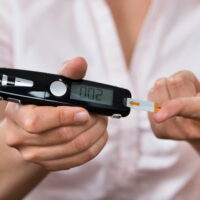
10 signs of excessive sugar intake that can cause health issues
In the modern world, the allure of sugar permeates every corner of daily life, from morning coffee rituals to beloved desserts. However, hidden behind the sweetness lies a high price for health. This article delves into ten health issues linked to high sugar levels, shedding light on the often-overlooked repercussions of the sweet tooth. Recognizing these less-discussed health issues can empower individuals to make informed choices about sugar consumption, leading to a healthier life. Treatment options Those affected by health conditions associated with excessive sugar might require treatments. One of the most common options here is taking insulin or other prescriptions to manage excess blood sugar when dealing with diabetes. One may also have to make better nutrition-based choices along with lifestyle changes like getting enough sleep, managing stress, and indulging in physical activity to keep blood sugar in check. One should ensure that any lifestyle changes or treatments they choose to manage conditions brought on by excessive sugar intake are first approved by a healthcare expert. One could look for these signs of excessive sugar intake: – Increased thirst – Frequent urination – Blurred vision – Frequent headaches – Slow healing wounds – Fatigue – Numbness or tingling in hands and feet – Confusion – Frequent and recurring infections – Nausea and vomiting Such excessive sugar intake can lead to the following issues:
Read More. 














